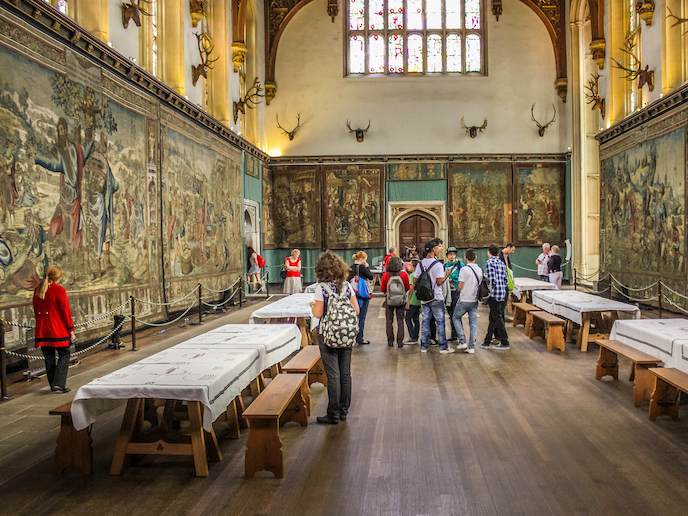Unravelling ‘belonging’ in 16th and 17th century England
Ask someone to picture 16th and 17th century England, and a typical image might be of Henry VIII and the Tudor(opens in new window). This was a period when England was breaking with continental Catholic Europe and setting itself on what it perceived would be a different path. “Henry VIII is often portrayed in a certain pose, giving off this ‘Make England Great Again’ vibe,” notes TIDE(opens in new window) project coordinator Nandini Das from the University of Oxford(opens in new window) in the United Kingdom. “But look closer at these paintings, and you might well see that the King is standing on a Mamluk carpet, and bits of his clothing might possibly be imported velvet. He might be wearing pearls, quite possibly acquired from North Africa.”
Belonging in Tudor England
For Das, concepts and debates surrounding English identity and belonging began to be framed in this era. “There were huge waves of immigration in the 1580s and 1590s,” she explains. “More than 80 000 refugees arrived in England, driven partly by religious unrest in continental Europe. People in the streets of London would have started to hear snippets of German, Italian, French and Dutch.” Inevitably, this would have given rise to questions about what it means to be a foreigner or a stranger, and about what it means to ‘belong’.
Influence of migration
Das wanted to learn more about this period of human mobility and its impact on English identity. She notes that this was a period of relative obscurity for England, before the emergence of the British Empire. The TIDE project, which was supported by the European Research Council(opens in new window) (ERC), brought together various historians and literary scholars. A huge amount of material was examined, including government records, religious archives and objects. “A major issue at the time was migration,” says Das. “There was concern about where the allegiance of new migrants lay – with England, or with Catholic Europe.” This break with Europe also saw England look further afield for viable markets for its products, such as wool. “This project started in 2016, the year of the Brexit referendum in the United Kingdom,” adds Das. “I think the relevance of this work went beyond even what we had envisaged.”
Evolving identities
The TIDE project was successful in bringing together concepts and terminologies that would have been used at the time to describe identity. Through a number of publications, it also sought to explain how these concepts were evolving. “The project was careful to take different legal, religious, trade and diplomacy perspectives into account. At the time for example, Islam would have been seen as a threat to Christian identity,” explains Das. “But from a trade perspective, created links with powers in the Middle East would have been very attractive.” TIDE also brought individual stories of ordinary people to the fore. Displaced peoples – such as slaves – often suffer historic erasure, as their stories are not properly recorded. Using award-winning writers(opens in new window) and poets(opens in new window), as well as actors(opens in new window) and musicians, the project succeeded in piecing together these stories and bringing them to a wide audience. With the help of a further ERC proof of concept grant, the project also created an award-winning online platform(opens in new window) for schoolteachers who want to engage in issues of migration and identity.







